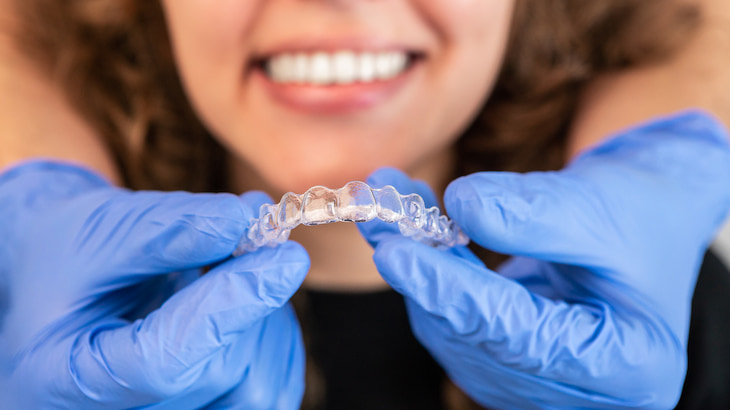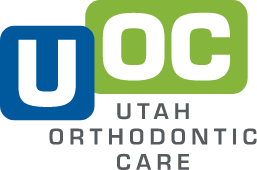Braces elastics, also commonly referred to as orthodontic rubber bands, are tiny little loops of rubber that connect to braces to apply additional force to specific areas of the jaw. They connect to brackets on the braces and can be positioned in a number of different ways to correct a variety of teeth and jaw issues. If your orthodontist at Utah Orthodontic Care says you need to wear orthodontic elastics, you should know what they’re for and what they will do for your treatment.
Braces Elastics Are Meant to Hold Positions
The primary purpose of orthodontic elastics is to correct the alignment of the jaws. Anyone who has ever had elastics will tell you that it is very difficult to move your mouth around because the elastics do not allow for a lot of stretching in place.
It is possible to snap them if you open your mouth too wide, or chew something too hard. However, most patients will find that if they snap their elastics, it will hurt and they are likely to swallow the snapped elastics out of surprise. They must be careful when they open their mouths, chew, or even brush their teeth.
How the Elastics Are Attached
The elastics are attached to the teeth via specialized brackets on the orthodontic wire. They may be attached molar to molar, top to bottom, or in a triangle formation. Elastics positioning depends on what the orthodontist wants to achieve through the use of elastics.
The upper canine to lower molar is intended to correct an overbite. The reverse is also true; the lower canine to upper molar corrects an underbite. Molar to molar is meant to either hold the jaws in an exact position, make very slight adjustments to the top or bottom jaw, or correct spacing between the teeth. The triangular attachment is meant for severe cases where lateral and horizontal shifts are necessary for successful treatment.
Scheduling an Appointment with Utah Orthodontic Care
Check with your current dental insurance to see if orthodontics are covered. If not, there is orthodontic financing available if you need it. Many patients, especially adults, resort to orthodontic financing because dental insurance rarely covers orthodontics.
Extra costs outside of the usual orthodontic care (e.g., braces and elastics) are the patient’s responsibility (or the parent of the patient). Even if you don’t need orthodontic financing, you will still need to buy extra supplies to care for the braces.
For questions about elastics, contact Utah Orthodontic Care today. If you’d like to book an appointment, we offer free consultations for first time patients.





